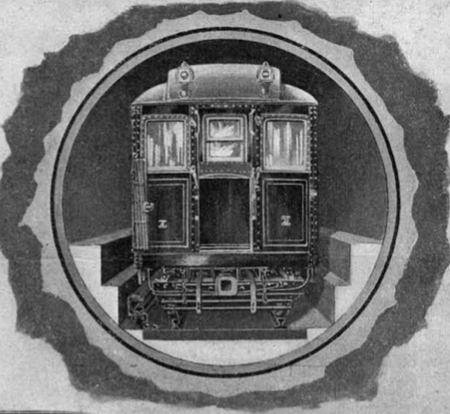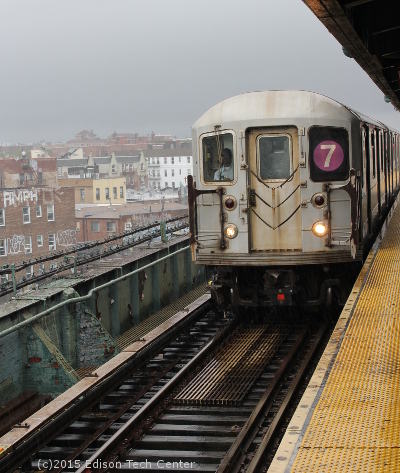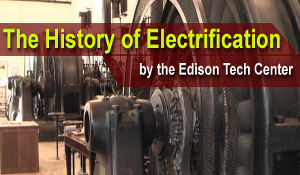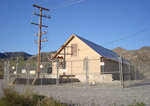The
History of Electrification:
New York City Historic Power Plants

|
Pearl Street Station 1882
The Pearl Street Station was the first central power plant in the US,
it provided DC power to clients in the immediate vicinity. The
station grew to serve over 500 customers in just two years. For Thomas Edison the
station was an important early achievement early in his
career and set a precedent for urban power station models.
The station burnt down but one of the dynamos was saved and is
located in Dearborn, MI. Thomas Edison's DC legacy ran strong in the
New York City area for many years while other areas of the country
invested in AC systems.
More about the Pearl Street Station:
More on the Pearl Street Station (IEEE article) >
More on the Pearl Street Station
(Schenectady Museum article) >
See the dynamo from Pearl Street at
the Henry Ford Museum in Michigan (Museum's site here) >
DC Legacy:
There were many residences in NYC which were supplied
with both DC and AC current. Some outlets in apartments were
DC while others were AC and they looked the same. Many people
burned out appliances using the wrong outlets.
DC current was supplied to residential and commercial customers for 125
years after the Pearl Street Station. On November 14th, 2007 the
last section of New York with DC was shut down and converted to AC
power.
Left: Edison's "Long-legged Mary-ann" generator from 1879, this dynamo was improved upon
before more efficient designs were employed in the Pearl Street Station.
|
The Subway:
The New York City subway system is marvel in itself. It runs on
DC power and is one of the largest subway systems in the world. It
carries over 1.7 billion people a year and has 468 stations. The
underground subway was started in 1904. The above ground 'elevated
rail' transportation is older (1867).
Traditionally DC motors have been the most efficient way move heavy loads. In the illustration to the right
a 15.5 ft wide subway tunnel in Brooklyn contains three rails. Most subway systems in the world today
use a third-rail system.
Learn more about subways and light rail >
Learn more about the history of
New York City subway >
|

|

|
Subway Power System:
Thomas Edison held a patent for a third rail system to supply power to rail cars
from 1882. Subway cars still run on direct current (600 volts). AC power from the
grid is converted to DC using synchronous converters and until
recently, mercury arc rectifiers. The last of the arc rectifiers
were replaced in the 1990s after almost 100 years of service.
Alternating current is distributed through oil-filled cables to substations around the subway system and
converted. During most of the 20th century the NYC subway got its power
from three stations which made 25 Hz AC power. 11,000 Volts was stepped down to 400 volts
and converted to 600 volts DC for the trains. For a detailed article on NYC's subway power system
see the article by Bernard S. Greenberg here >
New York subway cars were manufactured by a number of companies including:
St. Louis Car Company and Budd Company.
Newer cars are made by Bombardier Transportation, Alstom and Kawasaki Heavy
Industries.
AMNY article on
subway car history >
Left: today New York's subways still use a third rail system
|

Other important historic power plant sites
Related Pages:
Article by M.W.
Sources:
Interview with Tom Blalock. Edison Tech Center. 2014
nycsubway.org
The Guardian
New York Times
IEEE
"AC, DC and Subway Power" by Bernard S. Greenberg.








